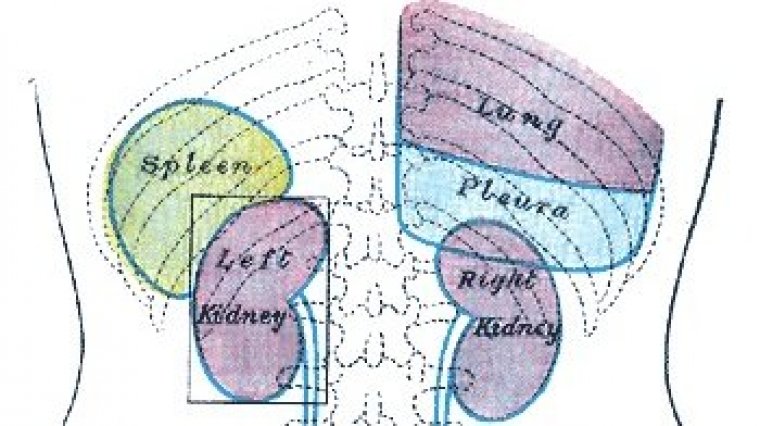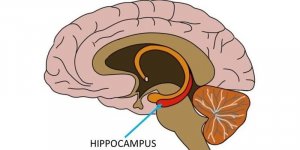| News / Science News |
How the spleen keeps blood healthy
NIH | JULY 21, 2016
The spleen helps keep harmful microorganisms out of the bloodstream. It holds key components of the body’s immune system. The spleen also removes unhealthy, old, and misshapen red blood cells from circulation.

The spleen is located under the rib cage. It removes unhealthy, old, and misshapen red blood cells from circulation. Photo: Henry Gray: Anatomy of the Human Body (1918)
Red blood cells carry oxygen throughout the body and remove carbon dioxide (a waste product). These disc-shaped cells are filtered by the spleen based on their physical characteristics. They can only reenter the bloodstream if they’re able to pass through a tiny splenic structure called the interendothelial slit. When the red blood cells’ size, shape, or ability to deform is altered, they can’t pass through.
Under certain conditions, such as hereditary spherocytosis, misshapen red blood cells can get trapped in the spleen, leading to anemia. In addition, some diseases — such as malaria, leukemia, and lymphomas — may cause enlargement of the spleen and lead it to filter out not only abnormal cells but also healthy red blood cells.
Studying how the human spleen filters faulty red blood cells has been challenging. The anatomy and physiology of the human spleen differ from that of common laboratory animal models. And invasive procedures, such as a biopsy or needle aspiration, can cause dangerous bleeding.
A team of researchers from Carnegie Mellon University and MIT approached the problem by using computational simulations of the mechanics of red blood cells as they pass through the spleen. The researchers determined that cells deform significantly as they cross the narrow splenic slit. This is in contrast, they found, to the simple bullet-shaped deformation that occurs in narrow blood capillaries.
The analyses revealed the limits of surface area and volume within which red blood cells can cross the spleen. The work showed how the splenic slit determines the size and shape distributions of healthy red blood cells. The team’s predictions were consistent with independent experimental results using healthy, artificially modified, and infected human red blood cells.
YOU MAY ALSO LIKE





